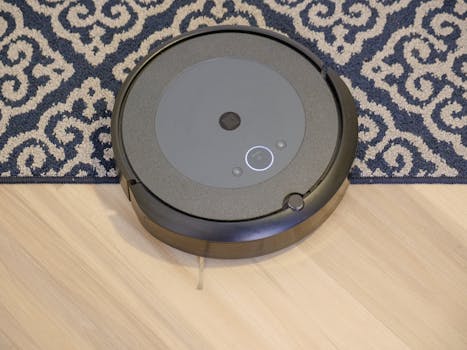
Smart Homes and Smart Living: The Technological Transformation of European Homes by 2025
Introduction to Smart Homes and Smart Living
Smart Homes and Smart Living: The Technological Transformation of European Homes by 2025 is a concept that has gained significant attention in recent years. The idea of smart homes and smart living is to create a living space that is equipped with advanced technologies to make life easier, more convenient, and more enjoyable. With the increasing demand for smart homes, European countries are witnessing a significant transformation in the way homes are designed, built, and lived in.
Key Features of Smart Homes
The key features of smart homes include home automation, energy efficiency, and advanced security systems. Home automation allows homeowners to control and monitor their home’s lighting, temperature, and security systems remotely using a smartphone or tablet. Energy efficiency is achieved through the use of smart thermostats, energy-efficient appliances, and renewable energy sources such as solar panels. Advanced security systems include features such as motion detectors, video cameras, and alarm systems that can be monitored and controlled remotely.
Benefits of Smart Homes
The benefits of smart homes are numerous. They include increased energy efficiency, enhanced security, and improved convenience. Smart homes also provide a better quality of life for homeowners, especially the elderly and disabled. With the use of smart home devices, homeowners can control their living space with ease, regardless of their physical abilities.
Technological Transformation of European Homes
The technological transformation of European homes is being driven by the increasing demand for smart homes and smart living. European countries such as Germany, France, and the UK are witnessing a significant growth in the smart home market, with more and more homeowners adopting smart home technologies. The use of artificial intelligence, Internet of Things (IoT), and home automation is becoming increasingly popular, and is expected to continue to drive the growth of the smart home market in the coming years.
Challenges and Opportunities
Despite the many benefits of smart homes, there are also challenges and opportunities that need to be addressed. One of the major challenges is the high cost of smart home devices and systems, which can be a barrier to adoption for many homeowners. Another challenge is the issue of data privacy and security, as smart home devices and systems can be vulnerable to hacking and data breaches. However, these challenges also present opportunities for innovation and growth, as companies and governments work to develop more affordable and secure smart home solutions.
Conclusion
In conclusion, the concept of smart homes and smart living is revolutionizing the way European homes are designed, built, and lived in. With the integration of advanced technologies such as artificial intelligence, Internet of Things (IoT), and home automation, homes are becoming more efficient, sustainable, and comfortable. As the demand for smart homes continues to grow, European countries are expected to witness a significant transformation in the way homes are designed, built, and lived in, with a focus on creating a better quality of life for homeowners.





